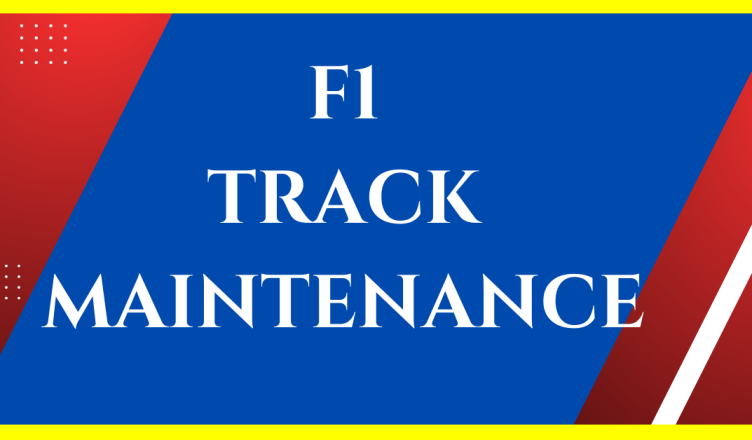Formula One (F1) is one of the most popular motorsports in the world, with millions of fans tuning in to watch high-speed races on some of the most iconic tracks.
However, what many people don’t realize is that the track maintenance is critical to the success and safety of each race.
In this article, we’ll dive into the various aspects of F1 track maintenance, including planning, routine maintenance, track safety, and major renovations and upgrades.
Planning and Designing an F1 Track
Before a single race car hits the track, there is a significant amount of planning and design work that goes into creating an F1 track.
The Fédération Internationale de l’Automobile (FIA), the governing body of F1 racing, oversees the process of track design and safety.
They work closely with track designers to ensure that the track meets the necessary safety standards and provides the best possible racing experience.
There are many factors to consider when designing an F1 track, including safety, speed, and overtaking opportunities.
The track must provide a challenging but safe environment for drivers to race in, with turns and straightaways that allow for overtaking without risking the safety of the drivers.
The track design also impacts maintenance requirements, as some track configurations may be more difficult to maintain than others.
Routine Maintenance
The daily and weekly maintenance of an F1 track is critical to ensuring fair competition and a safe racing environment.
The track must be kept in optimal condition for each race, with consistent track conditions that provide the same level of grip and handling to all drivers.
F1 tracks are maintained using a variety of equipment and techniques, including sweeping, cleaning, and resurfacing.
Sweeping is an essential part of routine maintenance, as it removes any debris or dirt that may accumulate on the track.
The track is also cleaned regularly to ensure that there are no oil or fuel spills that could cause accidents.
Resurfacing is done when necessary to repair any damage to the track surface or to improve grip levels.
Track Safety
Safety is always a top priority in F1 racing, and the track is no exception.
Before each race, safety checks are conducted to ensure that the track is safe for drivers and spectators.
The FIA sets strict safety standards that all F1 tracks must meet, including the use of safety barriers, catch fencing, and other safety features.
Safety barriers are designed to absorb the energy of an impact and protect drivers from hitting hard surfaces.
Catch fencing is used to prevent debris from flying into the crowd in the event of an accident.
In addition to physical safety features, the FIA also requires emergency response teams to be on standby during each race to provide immediate medical assistance in the event of an accident.
Major Renovations and Upgrades
Over time, F1 tracks may require major renovations and upgrades to keep up with changing safety standards and to provide the best possible racing experience for drivers and fans.
Some tracks may also require upgrades to accommodate new technologies, such as hybrid engines and electric cars.
Major renovations and upgrades can include resurfacing the track, widening the track to allow for more overtaking opportunities, and adding new safety features.
Recent renovations and upgrades to F1 tracks around the world have included the addition of LED lighting, new pit lanes, and new grandstands.
Conclusion
Maintaining an F1 track is a complex process that requires careful planning, regular maintenance, and a strong commitment to safety.
From the initial planning and design phase to routine maintenance and major upgrades, every aspect of track maintenance is critical to the success and safety of each race.
With a deep understanding of the maintenance process, fans can better appreciate the skill and dedication of the drivers and the teams that make F1 racing such an exciting and exhilarating sport to watch.
It’s clear that F1 track maintenance is a critical component of the sport, with every detail carefully considered to ensure the safety of drivers and fans alike.
From the track design to the routine maintenance and safety features, every aspect of track maintenance is designed to provide the best possible racing experience.
So, the next time you tune in to watch an F1 race, take a moment to appreciate the amount of work that goes into maintaining the track and creating a safe and fair racing environment.
The skill and dedication of the drivers and teams are only possible thanks to the tireless work of the maintenance crews and track designers who work behind the scenes to make each race possible.
